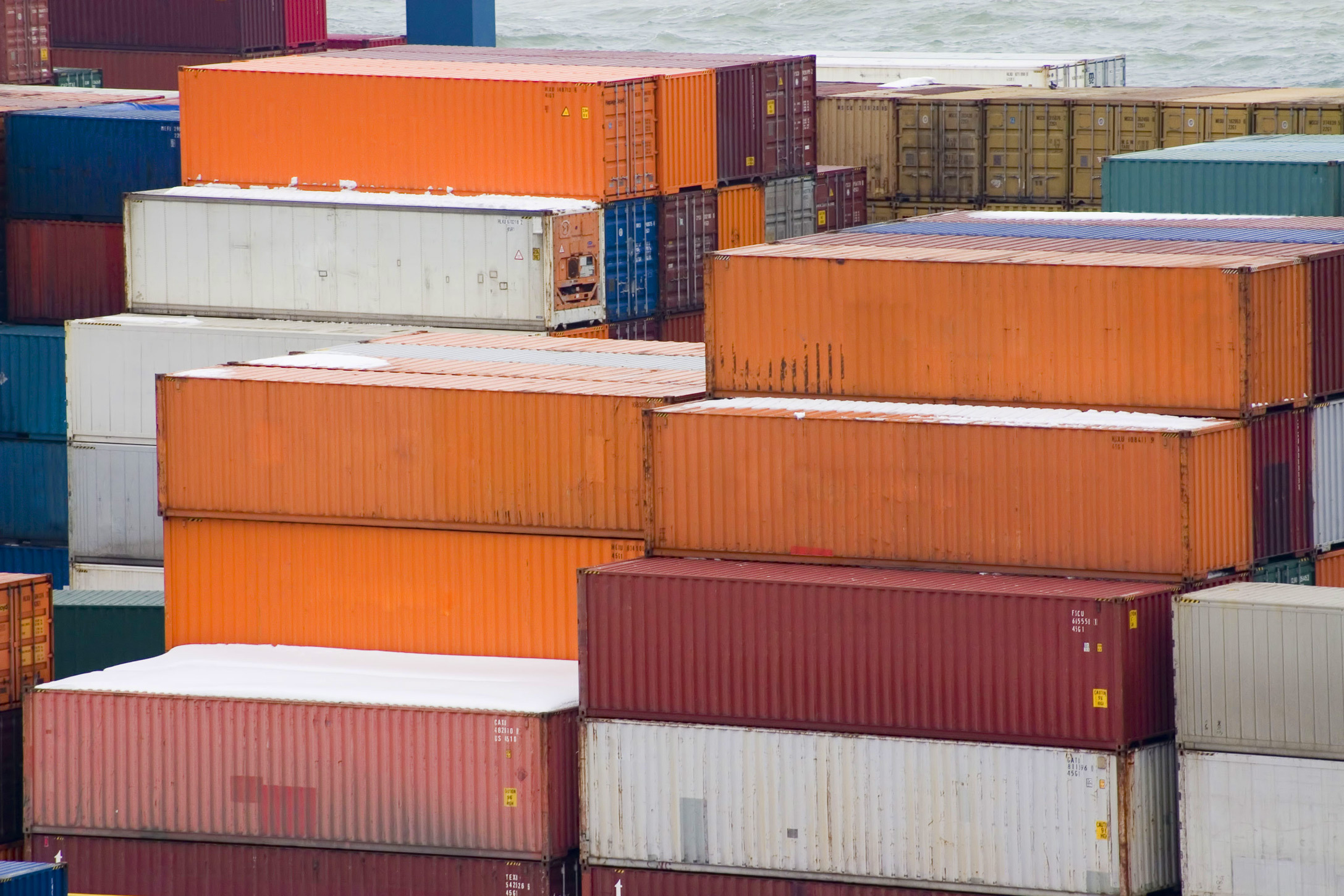The beauty of a converted shipping container is not only that it can be used to create practically any type of business that you can fit into a metal box but that it is inherently scalable to a massive degree.
Whilst some projects thrive by trying to fit as much as you possibly can into the ISO-certified space, others will stack dozens of containers together to create huge residential and commercial space.
However, whilst projects such as Hatch and the two Container Cities are major projects that take full advantage of the shipping container principle, one shopping centre in Eastern Europe goes even further than this, using containers to become the largest retail hub of its kind.
The Seventh Kilometre Market
Also known colloquially as “Tolchok” (Russian for ‘push’), the Seventh Kilometre Market is
located at the city limits of Odesa, Ukraine, on the seventh-kilometre stretch of the highway between it and Ovidiopol and has been a gigantic part of the local economy long before it used shipping containers.
Its origins lie in a flea market on Khimichna Street that was far too small for its level of popularity and use, which led to pushing and shoving by customers to get the best goods on the one day a week it was open.
Constructed in the 1960s in the former Soviet Union as a used goods market, its infamous difficulty to reach initially, involving an early tram journey and a 2km walk did not stop it from being so popular that everything worthwhile would be sold before 11 am.
It would become the benefactor of the Perestroika reforms in 1989, relocating to its current location on the seventh kilometre, and at some point between then and 2006 would take full advantage of the potential of shipping containers as a way to not only store and receive goods, but sell them as well.
It is difficult to find exact dates for practically anything involving Tolchok, but if the market initially used shipping containers, it would be potentially the first formal business of any kind to run out of a shipping container, and it continues to be one of the largest markets of any kind in Europe.
It also proved to be somewhat influential, as the Dordoy Bazaar in Kyrgyzstan similarly uses shipping containers to create a gigantic and diverse marketplace, starting with a handful of container stores in 1992 to one of the largest marketplaces in the world.
These container markets are so large that they are practically cities in their own right, and could not have existed and thrived the way they have without the versatility and affordability of shipping containers, a benefit of being located near a port town.
Other container markets, both permanent and temporary have followed suit since, with the rebuilt Cashel Mall in Christchurch, New Zealand, Boxpark in Shoreditch and Common Ground in Seoul all taking advantage of containers for their architectural and practical benefits.
Exactly what will happen next to any of these retail establishments is unclear, but the concept of container retail is more popular now than ever before.

